National News
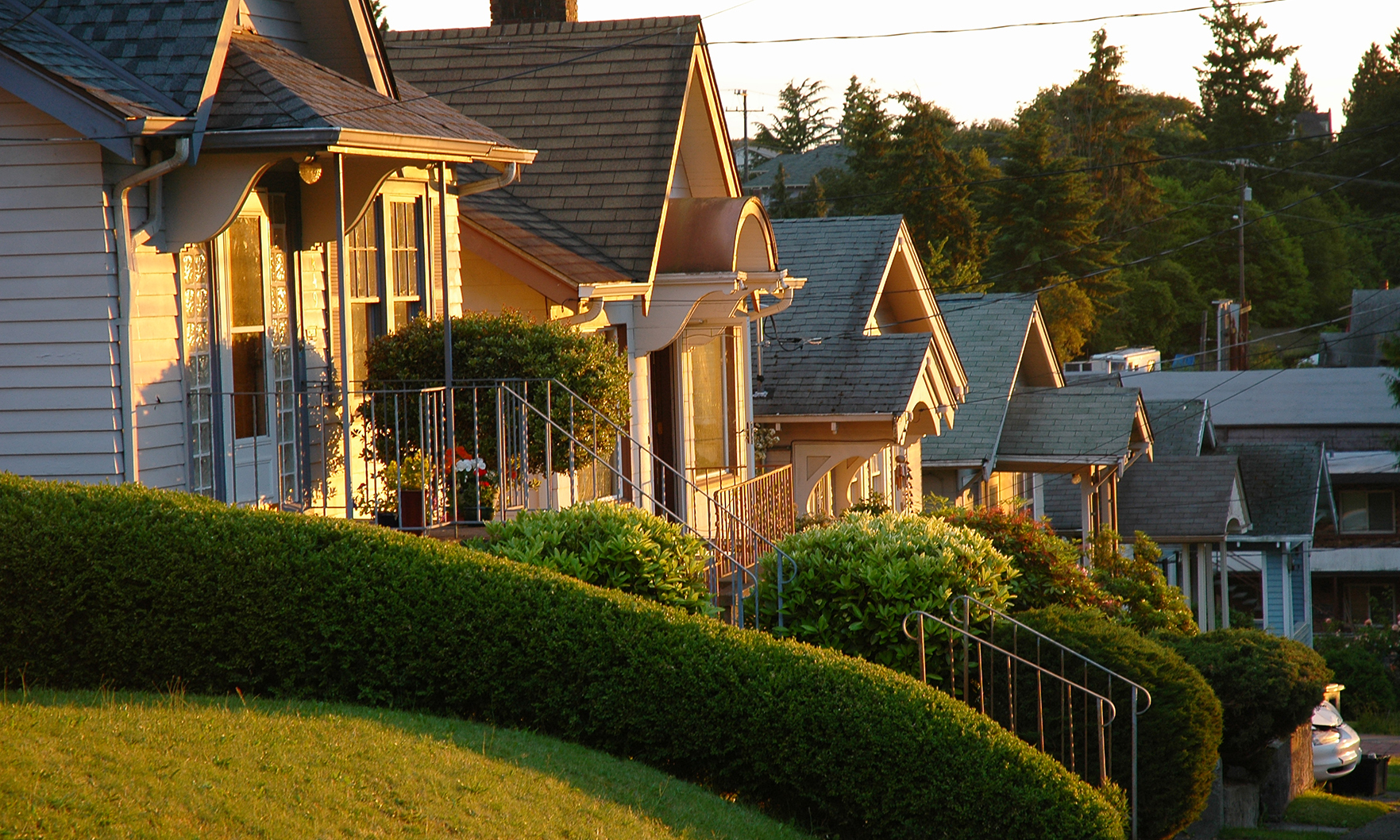
During the four-week period ended July 11, the average weekly share of homes for sale with a price drop passed 4% for the first time since September 2020.

Meanwhile, the Mortgage Bankers Association’s seasonally adjusted purchase index rose 8% from the previous week.

Adjectives reflecting the desire for privacy and physical isolation gained a place of prominence: “private,” “covered,” “quiet,” “separate” and “enclosed” were among the top 100 most-used description terms.

The department determined that the settlement would not do enough to protect its ability to investigate other conduct by the association affecting competition in the real estate market.

Strong growth of single-family construction spending drove the increase, while spending on multifamily construction was flat, the National Association of Home Builders said.

In light of the increasing number of natural disasters in recent years, the foundation commemorated its 20th anniversary by launching Hope Rising, “a campaign designed to ensure the foundation can respond to disasters as quickly and effectively as possible.”

Denying a mortgage to a woman because she is on or plans to be on maternity leave is against the law, but some lenders are accused of doing just that.

The seasonally adjusted estimate of new houses for sale at the end of May was 330,000, representing a supply of 5.1 months at the current sales rate, the U.S. Census Bureau and the Department of Housing and Urban Development reported.
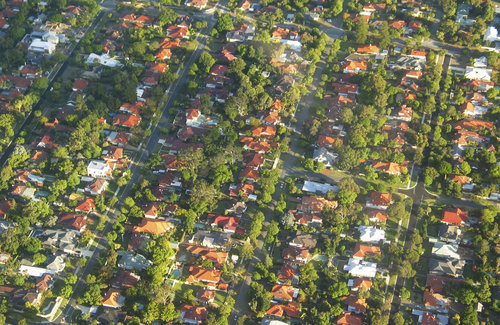
The shortage of housing in America is more “dire” than previously expected, and the NAR’s new report puts pressure on lawmakers to provide additional public funding and policy incentives to fix this massive underbuilding gap.
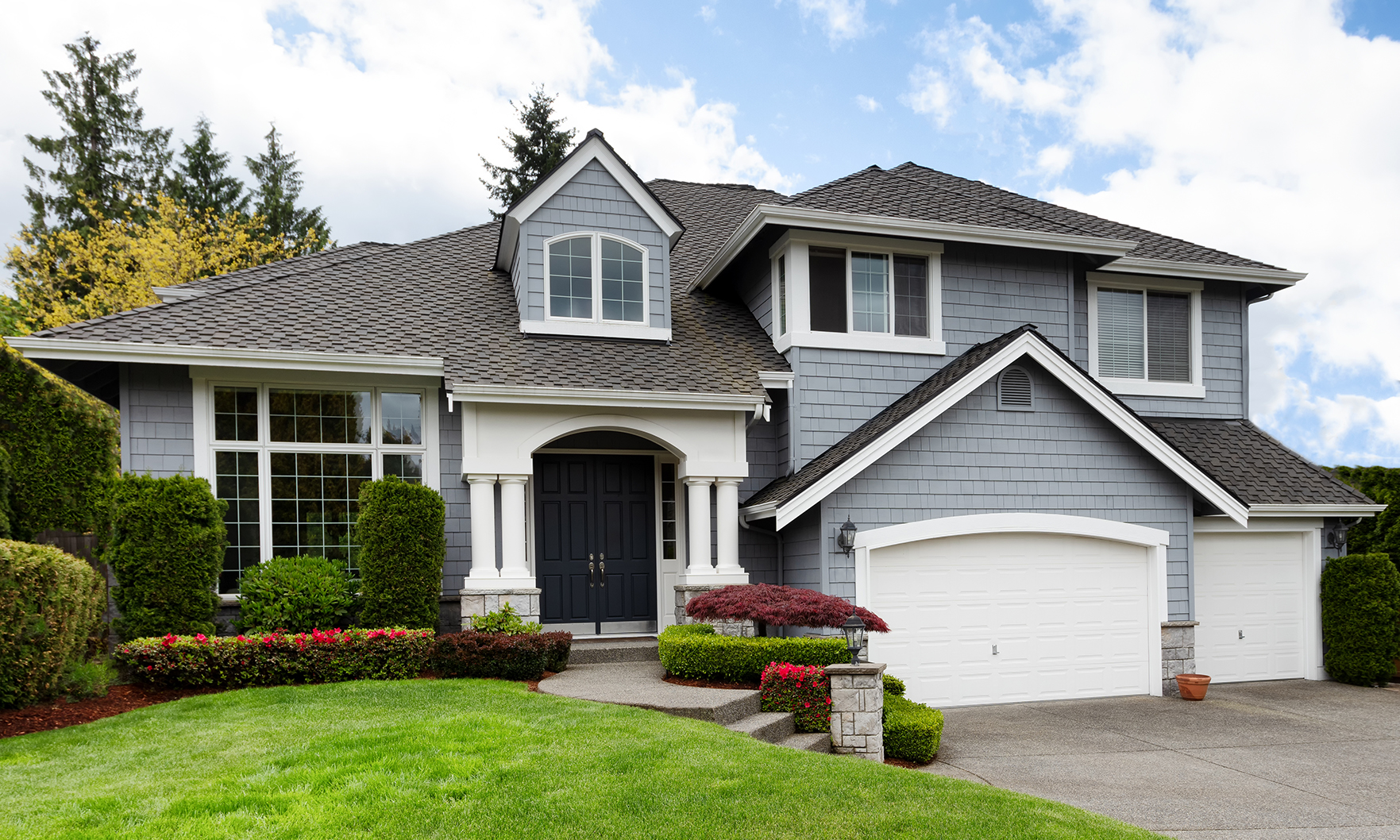
Market competition has eased up recently, but seven in 10 buyers still face bidding wars, according to a new report from Redfin.

Although pending sales are up 29% from last year, they are starting to slow down, dropping 9.7% from their peak four weeks ago.
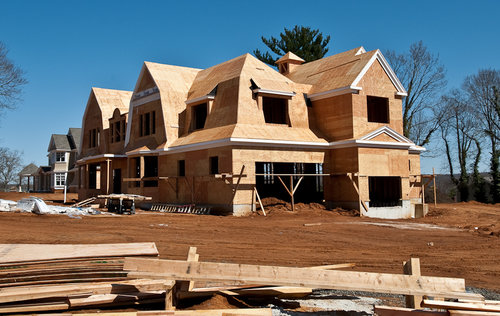
Single-family housing starts were up 4.2% from April and 49.8% from May 2020, at 1,098,000, according to the U.S. Census Bureau and Department of Housing and Urban Development.
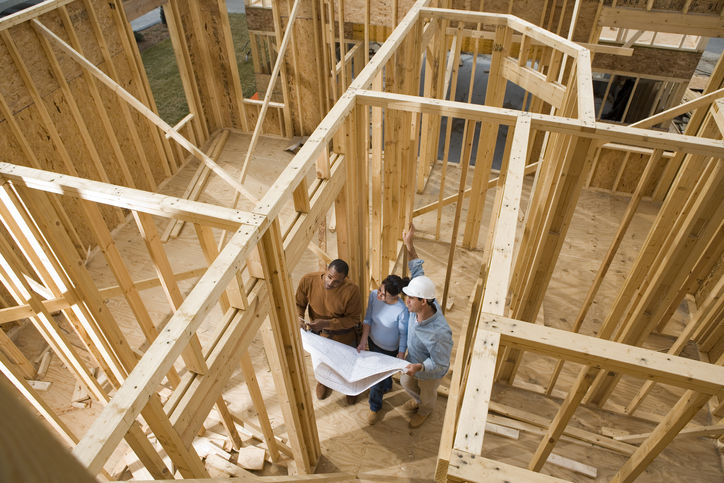
With high costs slowing construction and potentially lowering homeownership for many, easing zoning rules may be the most effective way to increase the supply of new housing.

The COVID pandemic has caused a shakeup in where, and how, many people work. That has helped propel a thriving housing market.

The number of Asian-headed households grew 83% in the past two decades, but economic inequality and inequity between different Asian ethnic regions is still an issue.
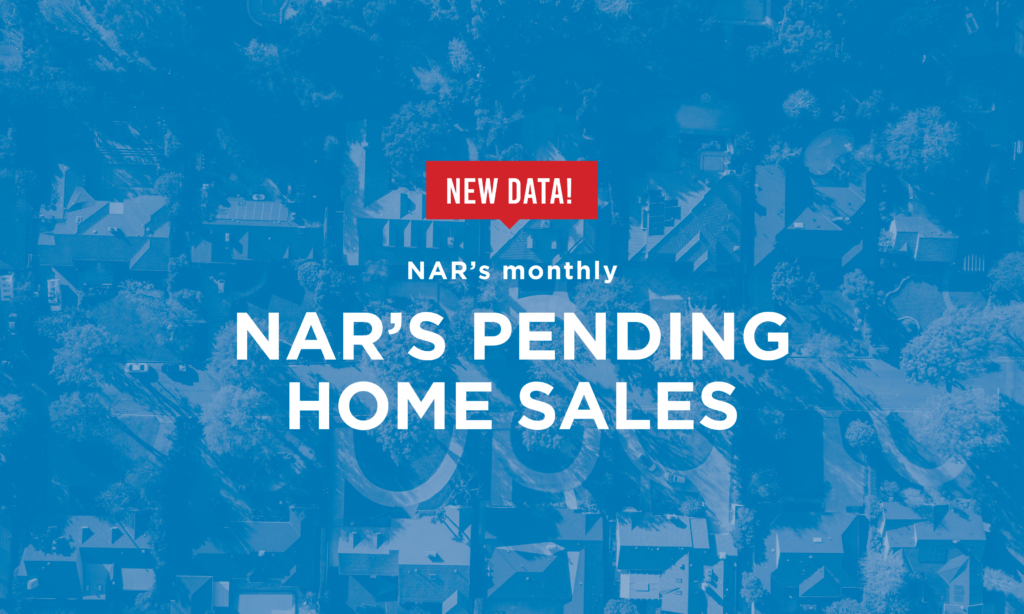
Year over year, however, pending home sales were up 57.1%, the NAR said, citing its monthly Pending Home Sales Index.
